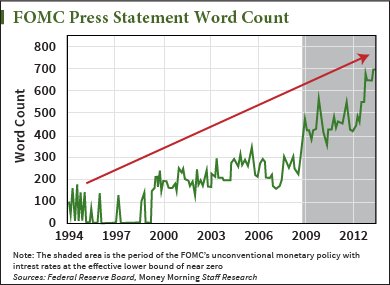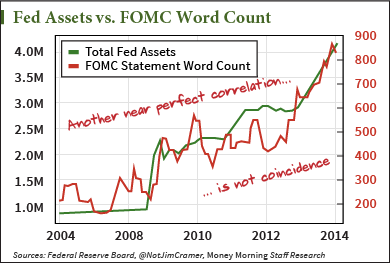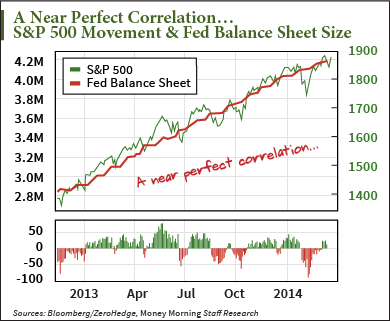But state-by-state rules continue to create tax-time turmoil.
Alan Semonian, a certified public accountant at Ameritax Plus in Berkley, Mich., said he has prepared tax returns this year for more than a dozen same-sex couples in Michigan who used to do their own taxes but gave up.
"They realize they're in over their heads," Semonian said.
For the 2013 tax year and going forward, same-sex couples who are legally married generally must file using either married filing separately or married filing jointly on federal income tax returns. This is the first year that legally married same-sex couples are required to file federal tax returns as married.
"Unfortunately, these are not the years you can use TurboTax," said Janis Cowhey McDonagh, partner and co-leader of the Lesbian, Gay, Bisexual & Transgender Practice group for Marcum in New York. "I can't imagine how many mistakes are being made out there on these filings."
Michigan and some other states that do not recognize same-sex marriages still require couples to file state income tax returns as single filers.
Gay couples may need 5 returns
In Michigan, a same-sex couple married in a state that recognizes their marriage would need to prepare five tax returns and file three of them.
First, the couple must prepare and file a federal return using a married status.
STORY: Indiana bill specifically bans same-sex couples' joint returns
STORY: Married gay couples can file joint returns, IRS says
Then, they must prepare two separate federal returns, as single filers, so Michigan returns can be based on those two returns. Then they have to prepare and file two separate state returns as single filers for Michigan.
"My thoughts are, 'Why do we have to do this?'" said Cheryl Pine-Stanczyk, 50, of Oak Park, Mich. "That's ridiculou! s."
She and wife Jenny Stanczyk, 46, were legally married May 26, 2011, in Davenport, Iowa, where same-sex marriages are legal. The couple is filing a married-filing-jointly federal return but still must file two separate Michigan state returns for the State of Michigan.
"It's an extra filing fee" for added forms, said Pine-Stanczyk, who doesn't know how much extra the cost will be as the women have not received a bill yet from their tax preparer. While they are parents together and own property together, filing as single in Michigan means they must break up credits and deductions.
"When it's time for taxes, we have to sit down and split things up, which makes no sense," Pine-Stanczyk said.
"How do you divide up a house? Who's going to get the credit?" Pine-Stanczyk said. In some years, Stanczyk was working and Pine-Stanczyk was in school, so Stanczyk took deductions.
Pine-Stanczyk now works for the state's child protective services office in Pontiac, Mich.; Stanczyk works as a teacher for Warren Consolidated Schools.
Where married matters
Lisa Greene-Lewis, a certified public accountant for TurboTax, said same-sex couples in the 17 states that recognize same-sex marriage are more comfortable doing taxes themselves, and TurboTax has seen some same-sex couples come back to their software.
It is far easier to file one federal and one state return, so it's easier to prepare taxes by oneself, she said.
When filing a federal return, the key question for same-sex married couples this tax season is where was the couple married?
"It's not universal. It's going to matter where you live and it's going to matter where you got married as a couple," said Managing Editor AJ Smith of SmartAsset.com, which offers blogs and other information on financial topics.
For the federal return, the same-sex couple must be married in any location that recognizes same-sex marriage.
An example: If the same-sex couple married in New York, which allows same-sex c! ouples to! marry legally, but lives in Michigan, they would file their federal tax return either married filing jointly or married filing separately.
In Michigan, same-sex marriages continue to be prohibited until the U.S. 6th Circuit Court of Appeals in Cincinnati hears formal arguments. U.S. District Judge Bernard Friedman struck down a 2004 state constitutional amendment that says marriage is between a man and a woman, but appellate judges granted a temporary stay of the ruling the next day and later extended the pause indefinitely.
Should a couple amend?
Terry Stanton, a spokesman for state Treasurer Kevin Clinton, said it would be "inappropriate and imprudent to speculate before the court ruling" on how Michigan would treat same-sex couples on tax returns in future years.
On the federal level, the U.S. Supreme Court stuck down the federal Defense of Marriage Act in June 2013 and made it possible for the IRS to recognize gay marriage on federal income tax returns.
Some two-income, same-sex couples could be paying more now; others might find a lower tax bill if one spouse has a much higher-paying job than the other.
On the plus side, a same-sex married couple no longer would have to treat employer-provided health coverage for spouses as taxable income, as in the past. Putting savings into a spousal IRA also becomes a possibility.
If legally married before 2013, too, some same-sex couples could consider filing amended returns for previous tax years, such as 2010, 2011 or 2012, if they think they would pay significantly lower taxes.
"It's an option. It's not required," Semonian said.
Experts say some same-sex married couples might want to amend returns to exclude previous taxable income, such as health insurance.
Filing amended returns is not a simple decision. The loss of some tax breaks could offset other potential gains. And paying a tax preparer to file amended returns increases the costs.
Susan Tompor also reports for the Detroit Free Press.




 ) and Bank of America (BAC
) and Bank of America (BAC The first Federal Open Market Committee (FOMC) press statement was released on Feb. 4, 1994, and it was all of a whopping 99 words: short, succinct, and to the point.
The first Federal Open Market Committee (FOMC) press statement was released on Feb. 4, 1994, and it was all of a whopping 99 words: short, succinct, and to the point. The Fed missed the financial crisis in formation and has been wrong about critical inflation and jobs data for several years in a row now, which means that it's got to "explain" itself in other ways.
The Fed missed the financial crisis in formation and has been wrong about critical inflation and jobs data for several years in a row now, which means that it's got to "explain" itself in other ways. It's one thing to say that the Fed is simply doing a better job of communicating. And entirely another when you realize why...
It's one thing to say that the Fed is simply doing a better job of communicating. And entirely another when you realize why... How to save for retirement in 2014 NEW YORK (CNNMoney) Wealthier retirement savers are regaining confidence that they'll be able to afford to retire comfortably, but lower-income workers remain worried their nest eggs will fall short.
How to save for retirement in 2014 NEW YORK (CNNMoney) Wealthier retirement savers are regaining confidence that they'll be able to afford to retire comfortably, but lower-income workers remain worried their nest eggs will fall short. 